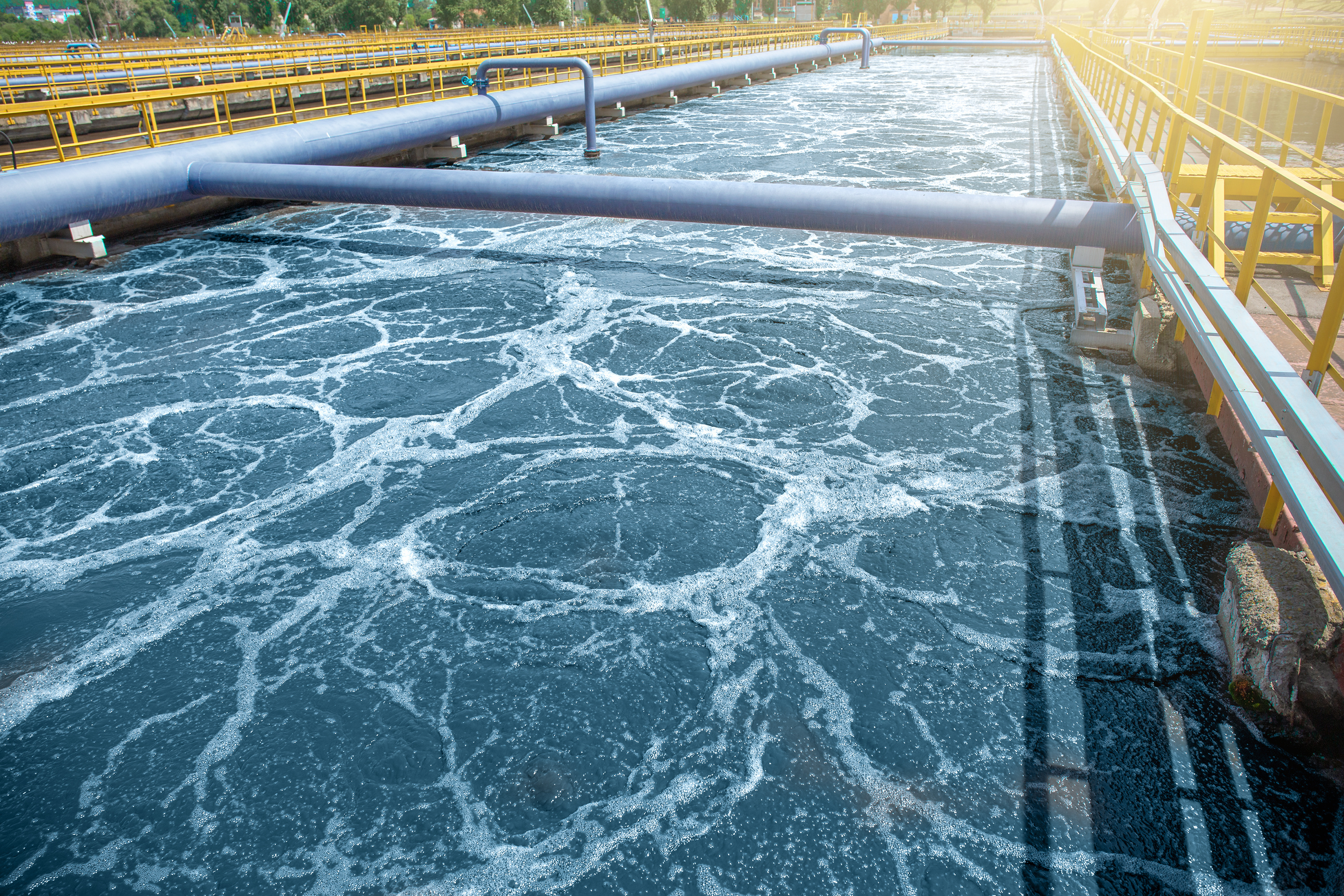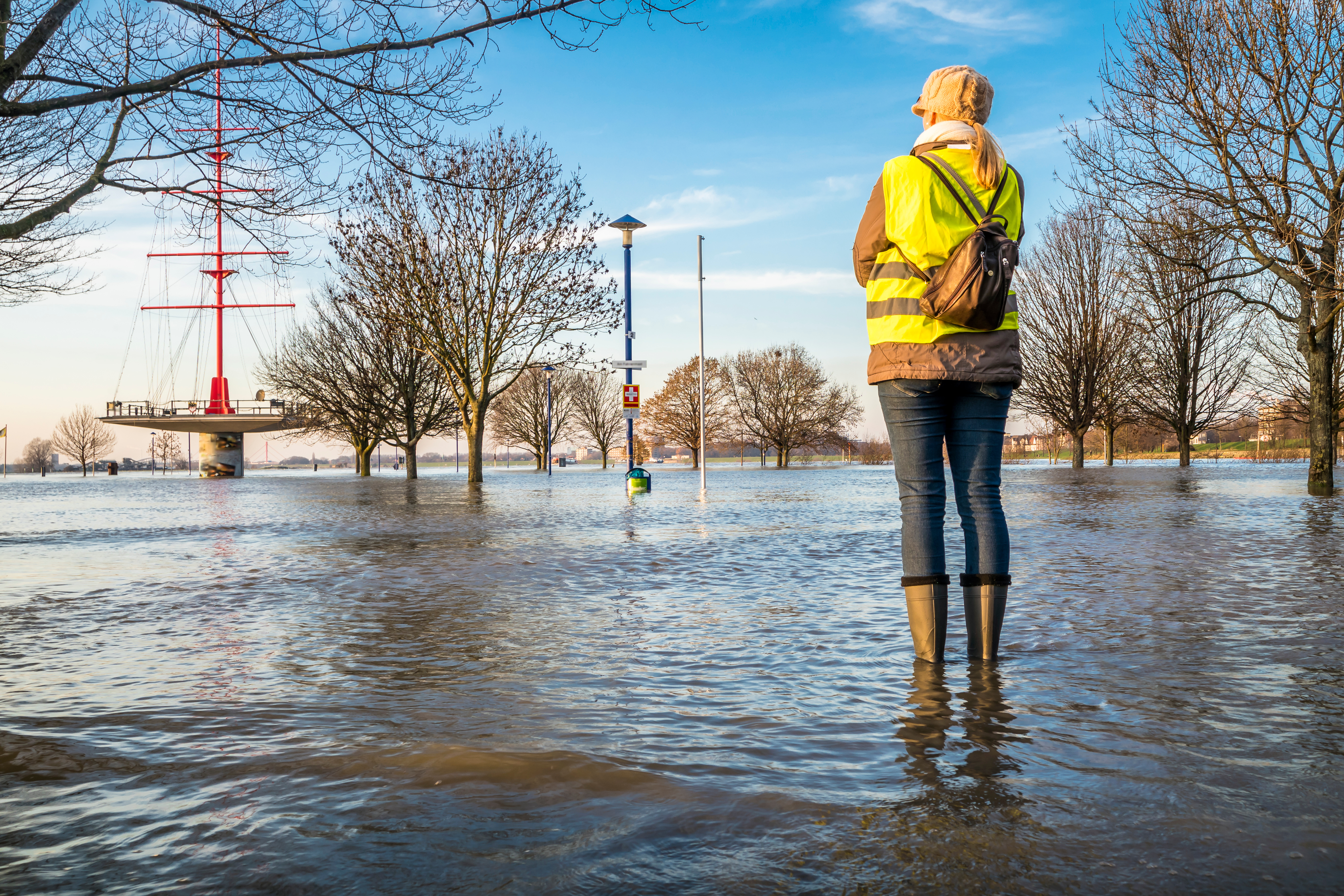
What’s Next For River Health – Beyond SOAF And SODRP
Combined sewer overflows have been in the news quite a bit recently, with headlines about water companies “dumping sewage” for hours at a time. Generally, this is a result of inadequate capacity caused by new developments, increased impermeability and climate change. But the desire for improved amenity and environmental benefits requires a more holistic approach to river health than has been the case before.
Martin Spiers
Rivers are classified based on their morphological and hydrological condition, and the chemical and ecological status. Monitoring data for chemical and ecological determinands is sparse and cuts to Environment Agency (EA) budgets over the last ten years have made this situation worse. The Environment Act 2021 includes requirements for water companies to monitor water quality upstream and downstream of CSO outfalls for a limited number of determinands, though details of how this will be implemented are still unclear.

The impact on our rivers
Water companies are not alone in impacting on our rivers. Agriculture and pollutants from roads are also major contributors. As measures to reduce the impact of CSOs take place and further improvements to treatment reduce continuous impacts, the remaining factors will become larger parts of the problem and are likely to be even harder to assess and resolve.
Morphology may be the hardest of all. The industrial revolution and the development of towns and cities left many rivers constrained within concrete walls or buried in culverts. As well as increasing the risk of flooding, these features provide obstacles for wildlife and limit the use of watercourses for amenity. Whilst developments such as Mayfield Park on the Medlock in Manchester and Castle Field on the Don in Sheffield show what can be achieved when long lost rivers are de-culverted, we are unlikely to ever reverse all the morphological changes made over 200 years.
Arguably, impacts from sewers are easiest to monitor and implement solutions for. Continuous discharges have seen significant improvements since the 1990s and whilst improvements have been made to impacts from combined sewer overflow (CSO) spills, these now have the main focus.
EA Regulations and measures
In England, the EA regulates the operation of overflows. Currently there are a number of measures used to direct improvements to areas of greatest need:
- The Urban pollution management (UPM) manual has provided a framework for the assessment of CSOs since the early 1990s. The guidance includes a number of standards which rivers can be measured against, and the methodology allows individual or groups of CSOs which cause failure of those standards to be identified. The UPM standards relate to biological oxygen demand, dissolved oxygen and ammonia - the principal impacts of wastewater intermittent discharges on rivers.
- More recently, standards for additional determinants were introduced to meet the Water Framework Directive (WFD), namely standards for phosphates and nitrates.
- The Sewer Overflow Assessment Framework (SOAF) sets out a process to prioritise investigation and investment on storm overflows that spill most often, that are shown to be cost beneficial for spill reduction. The framework has a number of levels of study which can be used to assess impacts depending on the complexity and severity of the situation.
Looking to the future
The water industry is currently planning for its next 5-year investment cycle (AMP8) which begins in 2025. New guidance is emerging based on the Storm Overflows Discharge Reduction Plan (SODRP) target:
“Water companies will only be permitted to discharge from a storm overflow where they can demonstrate that there is no local adverse ecological impact”
The SODRP includes the target of only discharging in unusually heavy rainfall events, defined as “storm overflow spills so they do not discharge above an average of 10 rainfall events per year”. This will remove most of the damage to the environment that CSOs cause, but some problematic sites are still expected to cause “local adverse ecological impact” even when spilling less than ten times in a year.
The EA is developing a risk-based screening process to identify places where reduction below 10 spills may be required. This is likely to be based on dilution (the ratio of sewer DWF to river low flow - a measure of how significant any discharge may be in pollution terms), river slope (a measure of the regenerative effect of the river) and pH (the impact of pollution on more acidic rivers will be higher). It is expected that all storm overflows that are not considered low risk from the screening exercise, will require a detailed UPM study. Many of these are likely to be “level 4” studies – the most complex of the four levels outlined in SOAF.
Level 4 studies require a verified sewer model with sampled or calibrated pollution outputs and a calibrated dynamic model of the receiving water incorporating advection and dispersion. In some cases, the expectation is that more complex modelling will be required, to include 2-dimensional modelling in wide rivers and estuaries. An invertebrate (biological) impact assessment will also be needed as in the current SOAF guidance.
The likely impact of the guidance is:
- A greater requirement to develop solutions to limit CSO spills. RPS’ PLATO tool allows accurate targeted spill frequency or water quality solutions to be developed easily from baseline simulation results, without the need to complete time consuming and costly model simulations.
- Fewer “simplified” UPM studies. The AMP7 SOAF programmes have involved a large number of Level 1 and Level 2 studies using RPS’ SOCRATES tool which allows the rapid assessment of CSO impacts on a simple reach.
- More complex UPM studies. The number of 2D UPM studies so far conducted on UK inland waters is small. The data and processing requirements of large 2D water quality models are significant. In addition to normal geometric and water quality data, wind and temperature data may be required to correctly represent the movement of pollutants through the water body. The time and costs associated with using software licences to carry out these simulations will need to be accounted for in the scheme budget.
Our expertise
RPS has the capability and expertise to carry out all stages of a Level 4 study from invertebrate sampling through in-sewer and in-river data collection to detailed sewer network modelling and complex 1D and 2D modelling in MIKE11 and MIKE21. Experience shows that the long timescales and large quantities of data involved in data collection, model build and calibration present challenges on these types of projects. Carrying out the end-to-end study in-house as a “one stop shop” simplifies communication between data collection and modelling teams, reducing the risk of errors, providing a far more competitive cost than being carried out by multiple organisations.
BECAUSE WATER MATTERS
Water is vital to human life, health, and prosperity. Managing it is one of the most complex issues that faces our world today. We work alongside world-renowned water custodians across the globe, providing technical and commercial expertise to sustainably utilise, manage, and conserve water resources

Related Insights






